Electrospinning is a useful method for preparing non-woven fabrics, and is finding use in creating complex nanostructures.


Electrospinning is a useful method for preparing non-woven fabrics, and is finding use in creating complex nanostructures.
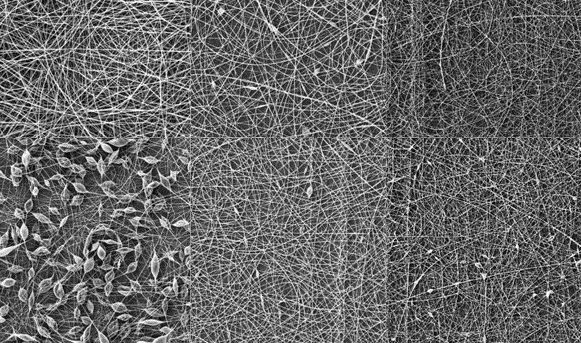
A team of scientists from Belgium investigated the plasma‐induced chemistry in organic solutions of polylactic acid (PLA), and their effects on the resultant PLA nanofibers.
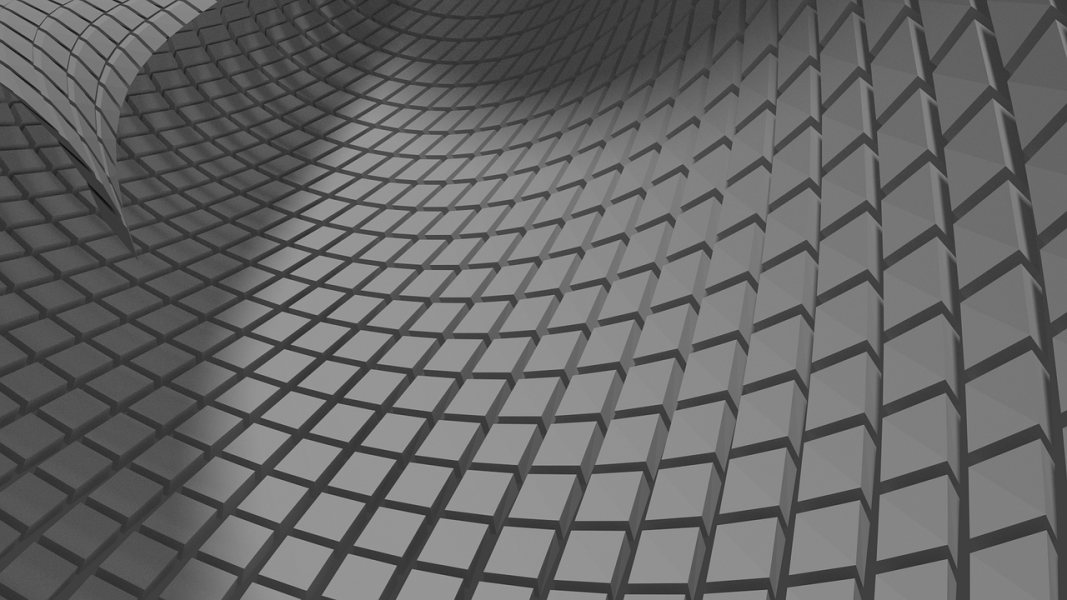
Precision micromanufacturing of electrospun microfibers can create 3D scaffold structures which support the growth of tessellated microtissues.
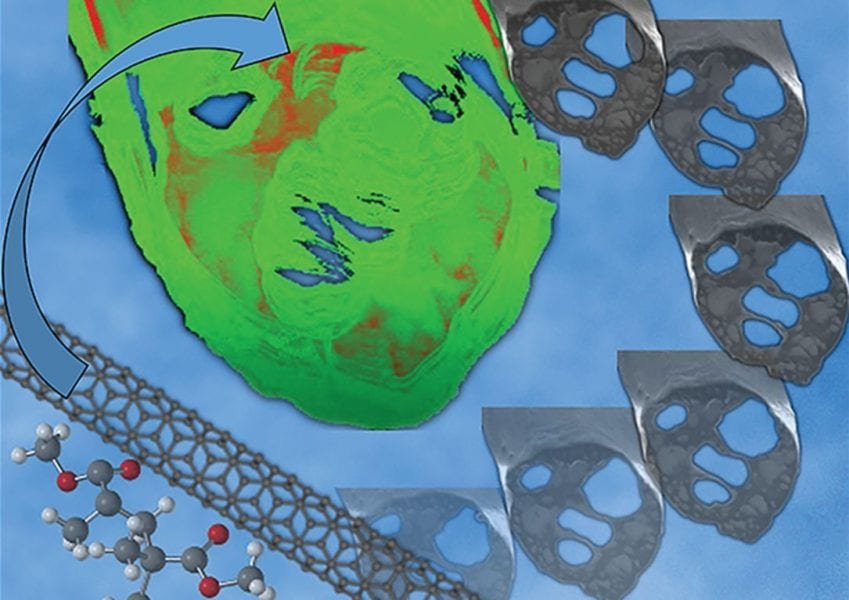
A special issue of Macromolecular Materials and Engineering presents recent progress in electrospinning technologies and nanofiber utilization

Leading experts have reported on the industrial upscaling of electrospinning and applications of polymer nanofibers.
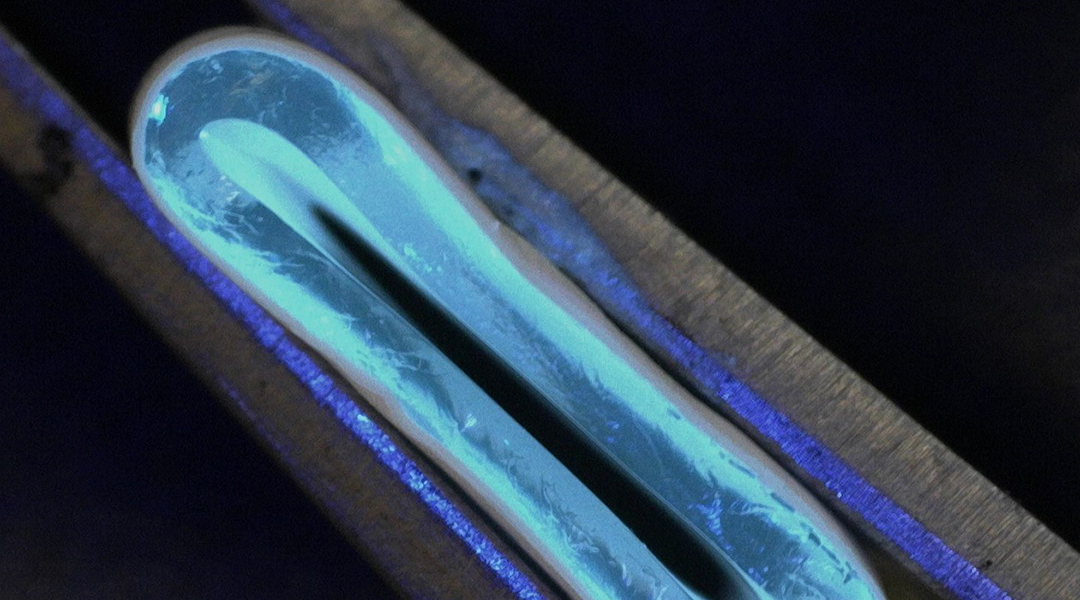
Using a hydrogel coated with electrospun nanofiber, a new artery graft offers safer coronary artery bypass interventions.
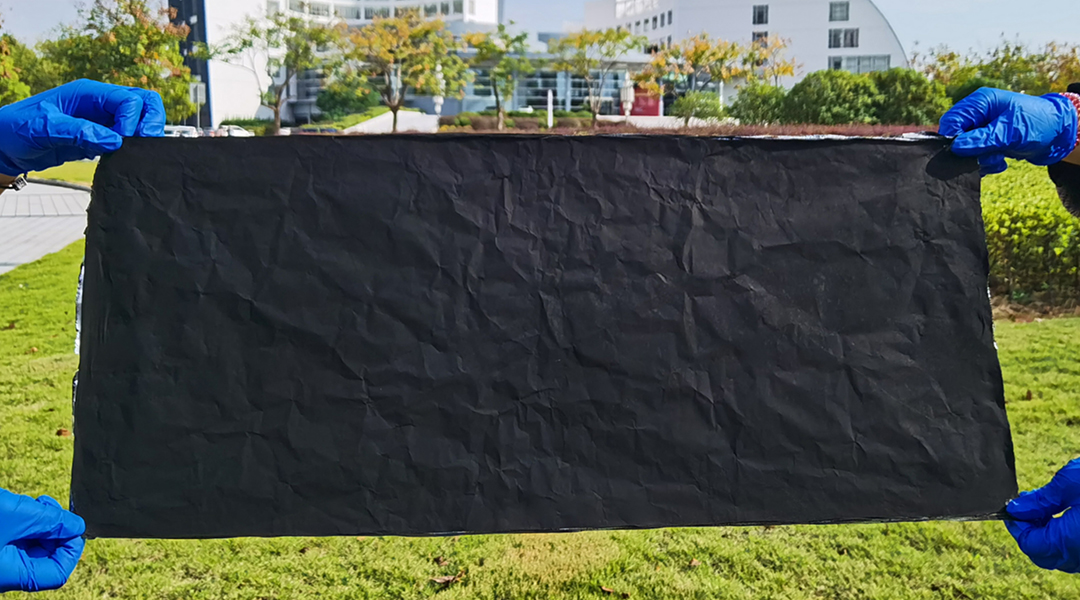
Researchers create a multi-layered electronic skin that mimics human skin with applications ranging from robotics to telehealth.
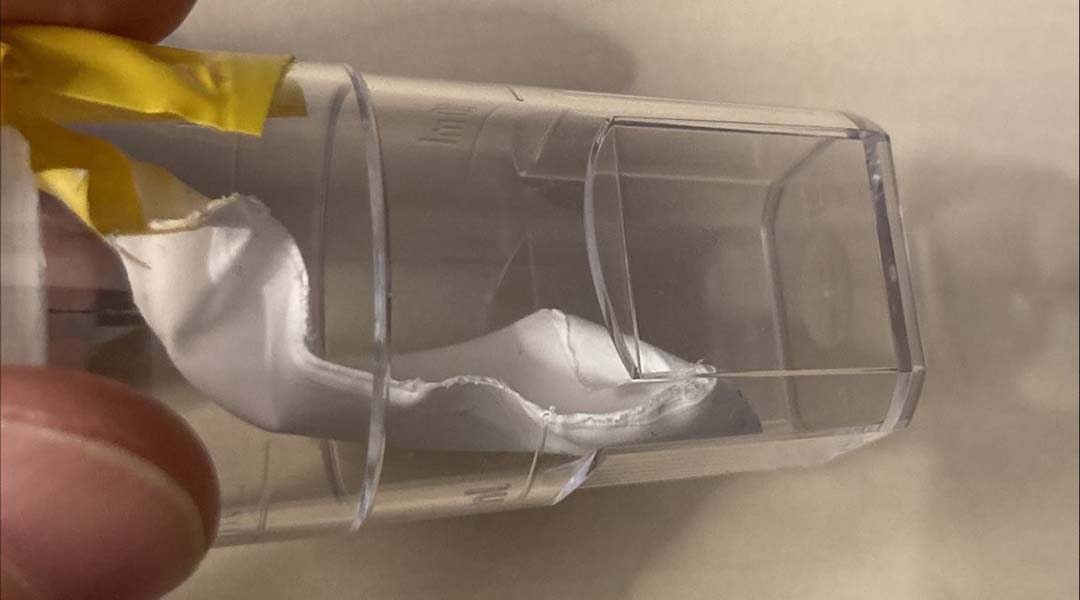
A new triboelectric laminate can convert movement to electricity 400 times more efficiently in wearable and implantable technologies.
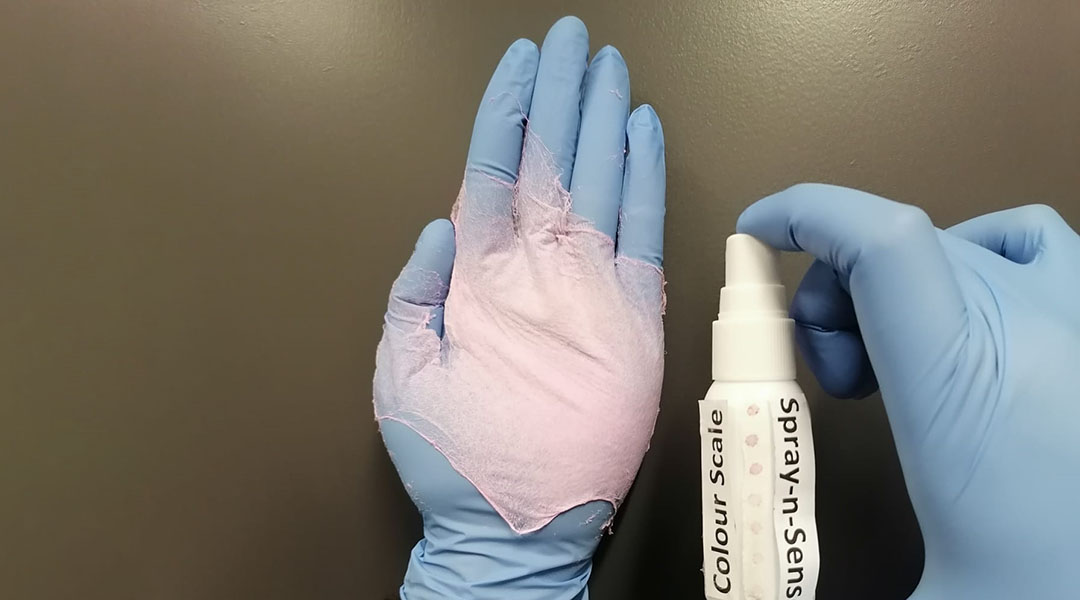
An innovative chemical sensor design could make environmental monitoring in the field more efficient and effective.

Moisture-resistant mask filters made from compostable and abundant materials could help curb plastic pollution as a result of the pandemic.